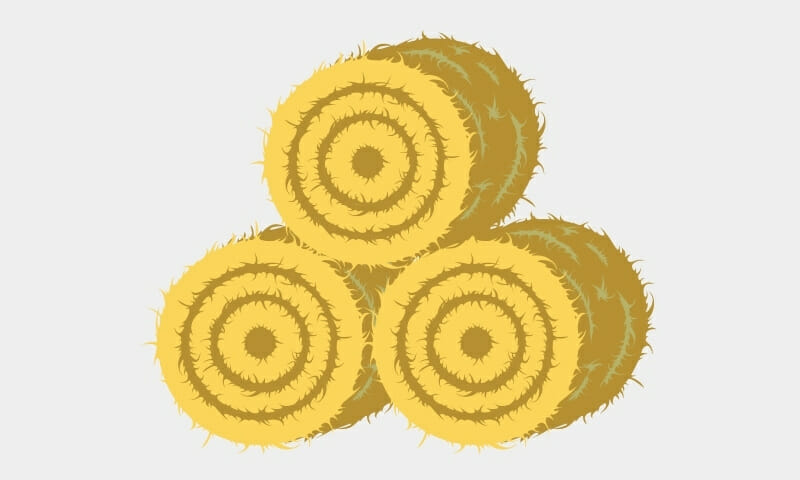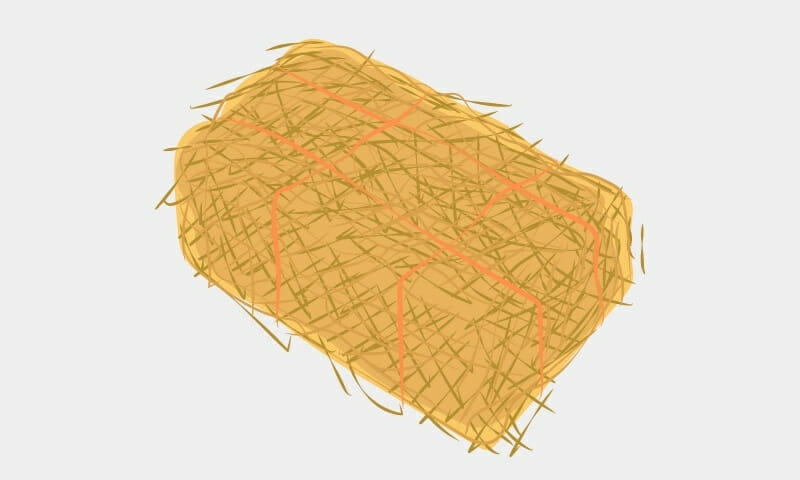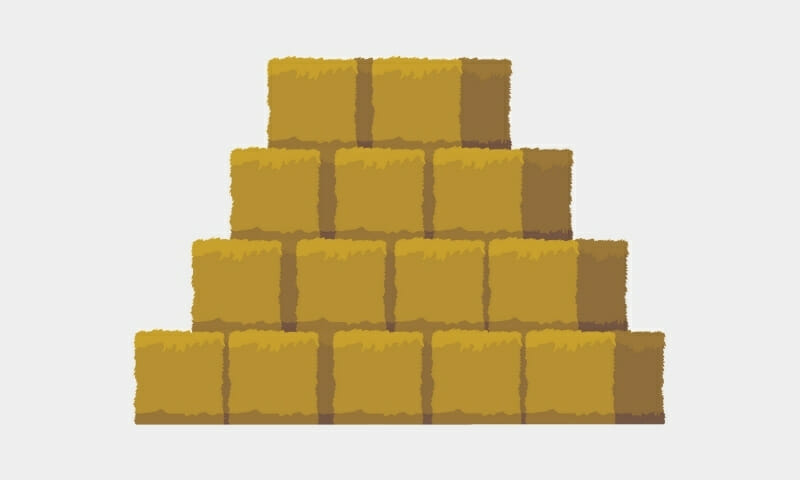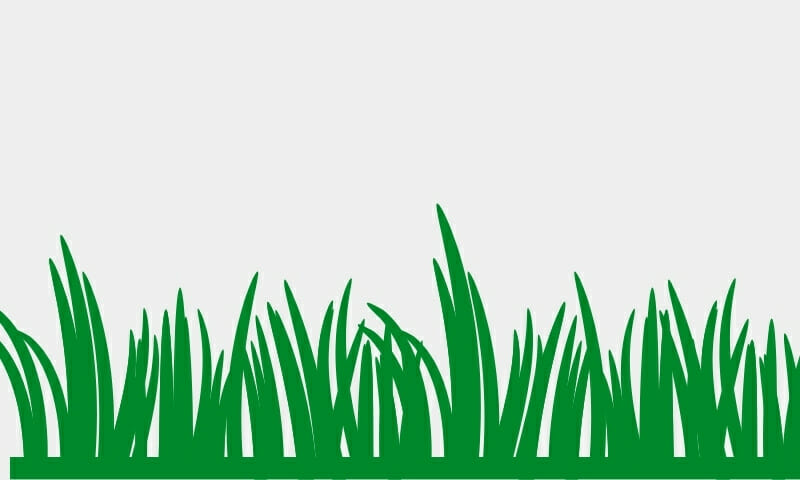How to Take a Forage Sample
Start by watching the video above. Taking forage samples for horse grass, hay and haylage analysis accurately is very important. Forage samples are based on a small sample, which is selected to represent a larger sample.
It is very important to obtain a representative sample so that the analysis has the maximum use and is as accurate as possible.

Large Round Bales
- Take a core sample at waist height on the round side of the bale 20 – 30 cm deep or try to burrow into the bale on the round side to obtain a sample.
- Reseal using patches if the bale is haylage. The haylage will seal without spoiling as long as the wrapping is dry. You can buy patches and haylage tape at a farm supply.
- For the analysis to be as accurate as possible you will need to sample at least 6 – 10 different bales.

Large Square Bales
- For the analysis to be as accurate as possible you will need to sample at least 6 – 10 different bales.
Small square bales - If using a corer take a core sample through the centre of one end of the bale 20 – 30 cm deep or open the bale up and hand grab a sample from the centre.
- Reseal using patches if the bale is haylage.
For the analysis to be as accurate as possible you will need to sample at least 12 – 20 different bales.

Small Square Bales
- If using a corer take a core sample through the centre of one end of the bale 20 – 30 cm deep or open the bale up and hand grab a sample from the centre.
- Reseal using patches if the bale is haylage. The bale will be fine once sealed again as long as the wrapping is dry. You can buy patches and haylage tape at a farm supply.
- For the analysis to be as accurate as possible you will need to sample at least 12 – 20 different bales.

Sampling Grass
- Walk the fields to be sampled in a W shape. Each time you reach a point of the w cut a sample.
- Ensure this sample is cut with stainless steel scissors 2 cm above the soil. Failure to do this may result in contamination of your sample.
- Remember for the analysis to be as accurate as possible you will need to collect a sample that is greater than the amount you send as the sample itself.
- Send the sample in the next post, preferably Monday to Wednesday so that the sample does not degrade.
International Customers
If you are an international customer you will need to dry the grass in an oven (see below). If you want to calculate the dry matter content of your grass then please ask for further instructions.
Drying the Sample
If the haylage you are sending is very wet then drying the forage in a very low temperature oven is recommended.
Sending the Sample
Try to sample and post all samples on a Monday or early in the week so the sample reaches the lab or us before Friday and does not sit in a post box all weekend.
Taking a Good Sample for Analysis of Horse Forage
- An analysis is only as good as the sample submitted. Taking a good representative sample of your feed is the first and most critical step of the analysis process, yet it is often the step that is the most taken for granted.
- The key to submitting a good sample is to collect several subsamples to form a composite. Remember, the sample that you submit for analysis is going to represent several tons of forage eaten. Thus, you want to be sure that it represents a good cross-section of the feed, not just one bale.
- Following good sampling procedures will help ensure that your analytical results truly reflect the nutrient composition of your sample and will be useful in developing your feeding program.
- Poorly taken samples can result in decisions that lead to either over or under-feeding. Both of these can be costly in terms of money and/or lost performance.
If you have found this page useful, be sure to check out our other useful pages:
You can view our full range of forage analysis services here.

